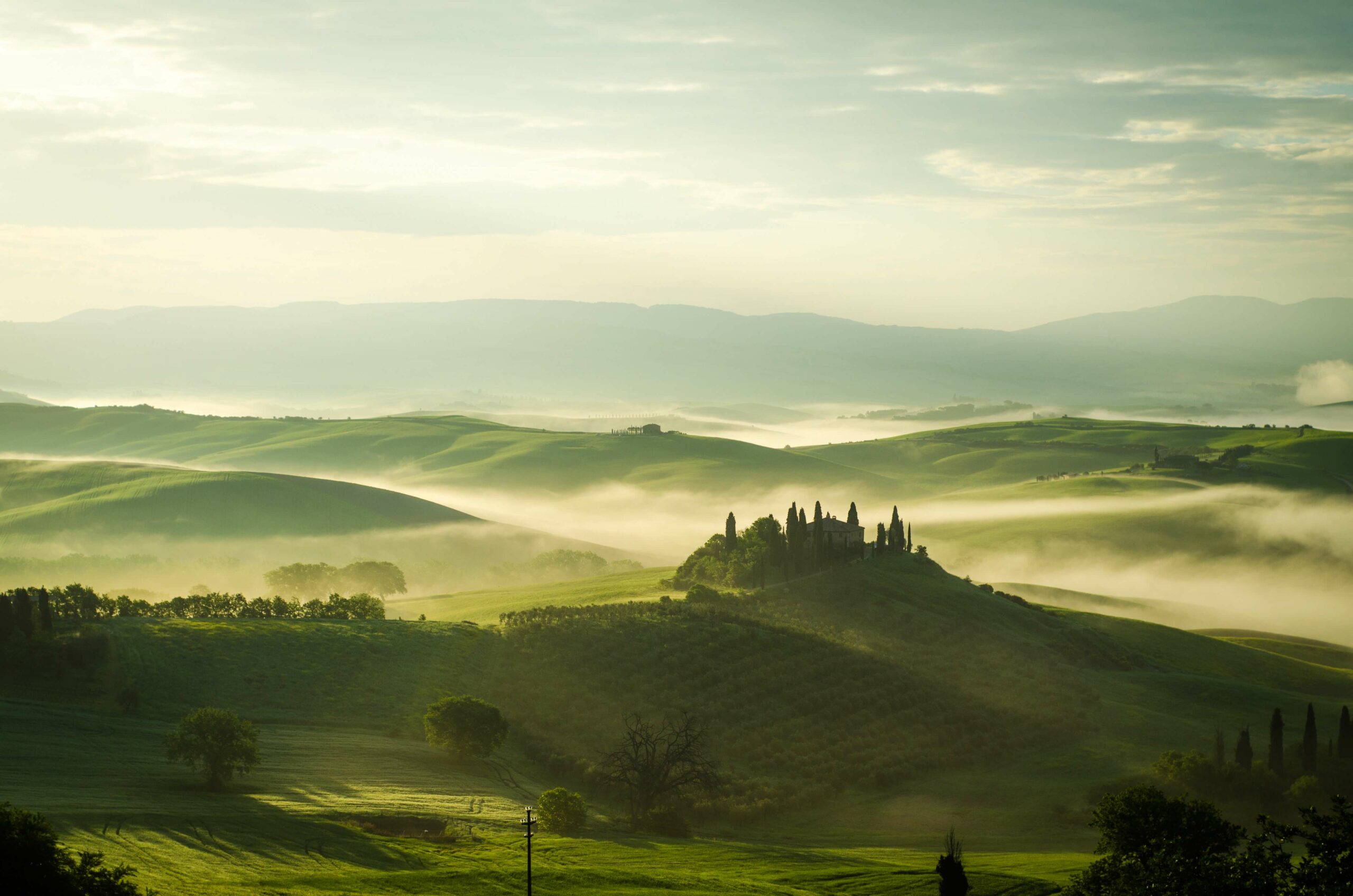The installation of a fence on sloping terrain is an operation that requires careful preliminary assessments in order for it to be efficient, durable and suitable for its intended purpose.
In this article we analyse the most important aspects to consider with a focus on Cavatorta products suitable for this type of terrain.
Fencing a sloping terrain: types of meshes and installation
As a general rule, it is important to solve unevenness in the terrain by installing the posts strategically and specifically by keeping them low in high places and conversely high in depressions. In the case of slight slopes, we can instead try to follow the course of the terrain in order to achieve an effective and aesthetically pleasing fence.
With regard to how meshes are installed, they vary depending on whether mesh rolls or electrowelded mesh is used. Below we briefly describe the main methods of laying on steep terrain.
Mesh rolls fencing on steep terrain
The mesh rolls can be installed directly in the ground or on a wall. In both cases, it is necessary to place the posts at the exact same level. Another important aspect to be considered and taken care of is the fact that the mesh mounted diagonally will require higher posts than those used for flat ground.
If there are major differences in height, it is also necessary to consider preliminary ground work, even with an excavator, to even out the most critical irregularities and facilitate the installation of the posts.
It is also essential to work on the mesh in the initial and closing sections, since, precisely because of the diagonal installation, it will be necessary to deform the mesh (in the case of loose mesh and slight height difference) or cut it (in the case of electrowelded mesh or significant height difference) in order to obtain the best fence possible.
Mesh panel fencing on steep terrain
It is also possible to fence a sloping area with mesh panels either directly in the ground or on a support wall. In the first case, one can choose between two types of laying, which we briefly describe below.
- Stepped laying
This type of laying involves the use of posts installed at the same level but with different heights above ground. This allows the mesh panels to be placed gradually at decreasing heights, in line with the slope of the terrain. We would like to emphasise that this type of installation requires careful evaluation of slopes in order to always have panels that are properly fixed to the ground and, therefore, safe and effective. If the height difference is very pronounced, it may be necessary to cut individual panels. We will thus obtain steps with heterogeneous lengths established precisely on the basis of the terrain. - Laying on a slope
This type of installation involves inclined posts and panels that follow the slope of the ground. For this type of laying, it will be necessary to manage different heights at the start and end points, particularly when the fence then continues flat. This will inevitably require work on the sloping panel joining the flat section of fence.
Terraced land fencing: types of fencing and installation
In the presence of terrain with a significant difference in height, terracing is often created by building retaining walls.
Should one wish to fence off such land, two scenarios arise.
- Low step: if the difference is small (80 cm -1 metre), a single post can be used near the various steps, to which a mesh will then be attached, that follows the course of the ground.
- High step: if the retaining wall is high (e.g. about 3 metres), the best solution is to install two posts, one at the top and one at the bottom of the step, and to install individual meshes on each portion of the flat land. Each individual section must then be sawn as if it were a separate fence.
Cavatorta offers different loose mesh nets and electrowelded meshes that are ideal for fencing large areas even on uneven and sloping terrain. For more information, please consult our online catalogue and contact us for a dedicated consultation.
